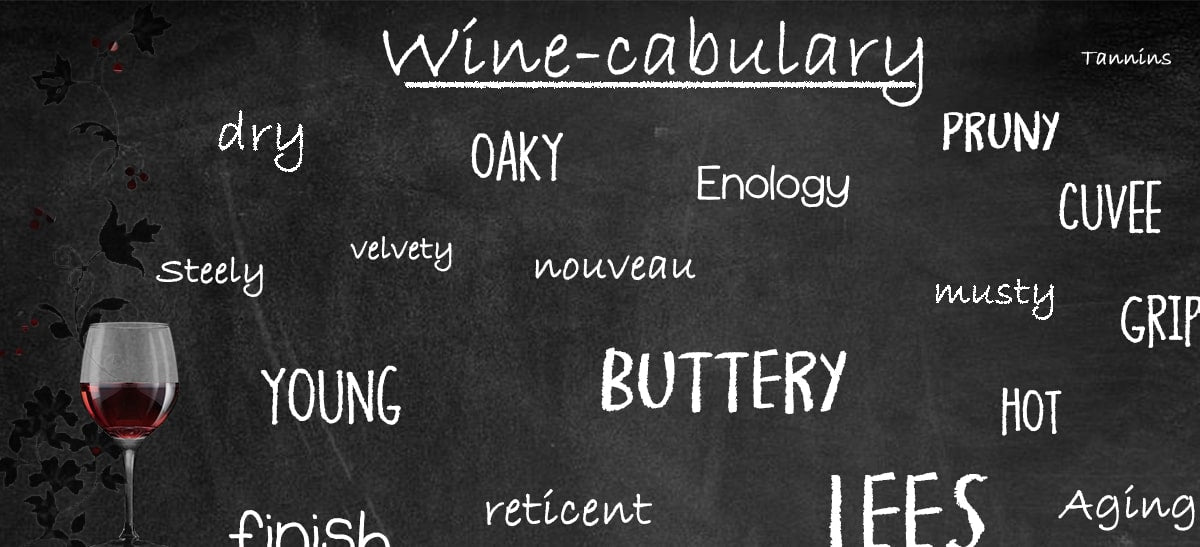One of the fundamental aspects of wine terminology is grape varietals, which refer to the specific type of grape used to produce a wine. Varietals such as Cabernet Sauvignon, Chardonnay, and Pinot Noir are renowned for their distinct flavors, aromas, and structural characteristics, each reflecting the unique characteristics of their terroir and winemaking techniques.
Terroir, another essential term in the lexicon of wine, encompasses the environmental factors that influence grape growth and wine production, including soil composition, climate, topography, and vineyard practices. Understanding terroir allows wine enthusiasts to appreciate how these elements shape the flavor profile, complexity, and quality of a wine.
Tasting notes, descriptors used to describe the aromas, flavors, and textures of a wine, form the basis of wine appreciation and evaluation. Common tasting notes include descriptors such as fruity, floral, spicy, oaky, and tannic, which help convey the sensory experience of a wine and facilitate communication among wine enthusiasts.
Furthermore, wine terminology encompasses a myriad of terms related to winemaking techniques, aging processes, and wine styles. From terms like fermentation, maceration, and malolactic fermentation to terms like oak aging, lees stirring, and carbonic maceration, each term provides insight into the production methods and stylistic choices that shape a wine's character and flavor profile.
In summary, the language of wine serves as a gateway to the world of oenology, allowing enthusiasts to explore and appreciate the myriad dimensions of this ancient and beloved beverage. By mastering wine terminology, enthusiasts can deepen their understanding, enhance their tasting experiences, and cultivate a greater appreciation for the artistry and craftsmanship that go into every bottle of wine.

